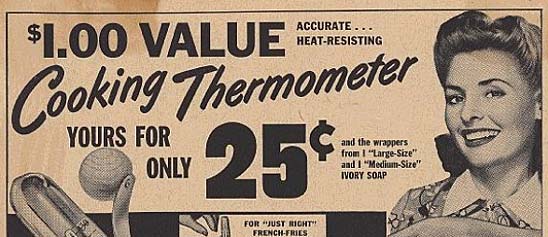This black and white print is a full-length portrait of John T. Raymond in a hat and suit holding a contract or deed, with additional papers stuffed in his pocket. At the top of the print are the words “New Institute Hall / Thursday Evening, February 7, 1878.”The actor John T.
- Description
-
This black and white print is a full-length portrait of John T. Raymond in a hat and suit holding a contract or deed, with additional papers stuffed in his pocket. At the top of the print are the words “New Institute Hall / Thursday Evening, February 7, 1878.”
-
The actor John T. Raymond (1836-1887) was born John O'Brien in Buffalo, New York. He ran away from home and made his debut in Rochester, New York in 1853, then moved on to perform in Philadelphia and Baltimore. Raymond became especially well known for comic roles, including his portrayal of Colonel Mulberry Sellers in The Gilded Age, adapted from a novel of the same name by Mark Twain and Charles Dudley Warner. He made such an impression in that part that the play was rewritten under the title Colonel Sellers. Raymond appeared on American stages on the East Coast and in the South, as well as in London and Paris. He was a slender man with a long, solemn face, leading the drama critic William Winter to write, "He could deceive an observer by the sapient gravity of his visage, and he exerted that facial faculty with extraordinary comic effect." (The Oxford Companion to American Theatre)
-
Risks/or, Insure Your Life was an 1873 play about an insurance agent by Bartley T. Campbell (1843-1888). Campbell was a journalist, novelist, poet, dramatist, and theatrical manager. He was born to Irish immigrant parents in Pittsburgh, Pennsylvania and began his writing career at age fifteen as a reporter for the Pittsburgh Post. He also worked for newspapers in Louisville and Cincinnati and founded the Southern Monthly Magazine in New Orleans. After the success of his first melodrama, Through Fire, in 1871, Campbell gave up journalism for playwrighting and experimented with everything from comedies to domestic dramas to military sagas. Several of his works, including The White Slave, focused on racial themes and the plight of mixed-race characters. His other plays included the melodrama The Galley Slave and Siberia, which featured many prominent actors of the day and toured in England, Australia, and New Zealand. After an 1876 trip to London, Bartley Campbell began to write the western dramas for which he became especially well-known, including The Vigilantes, or The Heart of the Sierras. He has been described as America's "first fully professional dramatist" ( The Oxford Companion to American Theatre), but he also produced and directed plays. Later in life Bartley Campbell suffered from financial and mental problems. He died at the State Hospital for the Insane in Middletown, New York. The Galley Slave was made into a 1915 film starring Theda Bara.
-
This lithograph was designed by Matt Morgan. Matthew Somerville Morgan (1837-1890) was a British-born artist and cartoonist. As a young man, Morgan studied scene painting in London and worked as an artist and war correspondent in Western Europe and Africa. He also established a London humor magazine, becoming especially well known for his attacks on the British royal family. He immigrated to the United States in 1870 and continued to work as a caricaturist and New York theater stage manager. His works included political cartoons drawn on behalf of liberal Republicans who opposed President Ulysses S. Grant. In his later years he painted large panoramic scenes of the American Civil War.
-
Morgan worked for the Ledger Job Printing Office in Philadelphia, Pennsylvania. This firm comprised the printing division, including lithography, of the "Philadelphia Public Ledger" owned by George W. Childs. By 1863, the division printed playbills. It was managed by Joseph E. Jackson from 1869 to 1876, when it became a major printer of stock theatrical posters.
- Location
-
Currently not on view
- Date made
-
1878 or before
- depicted
-
Raymond, John T.
- referenced
-
Campbell, Bartley
- maker
-
Morgan, Matt
-
Ledger Job Print
- ID Number
-
DL.60.3041
- catalog number
-
60.3041
- accession number
-
228146
